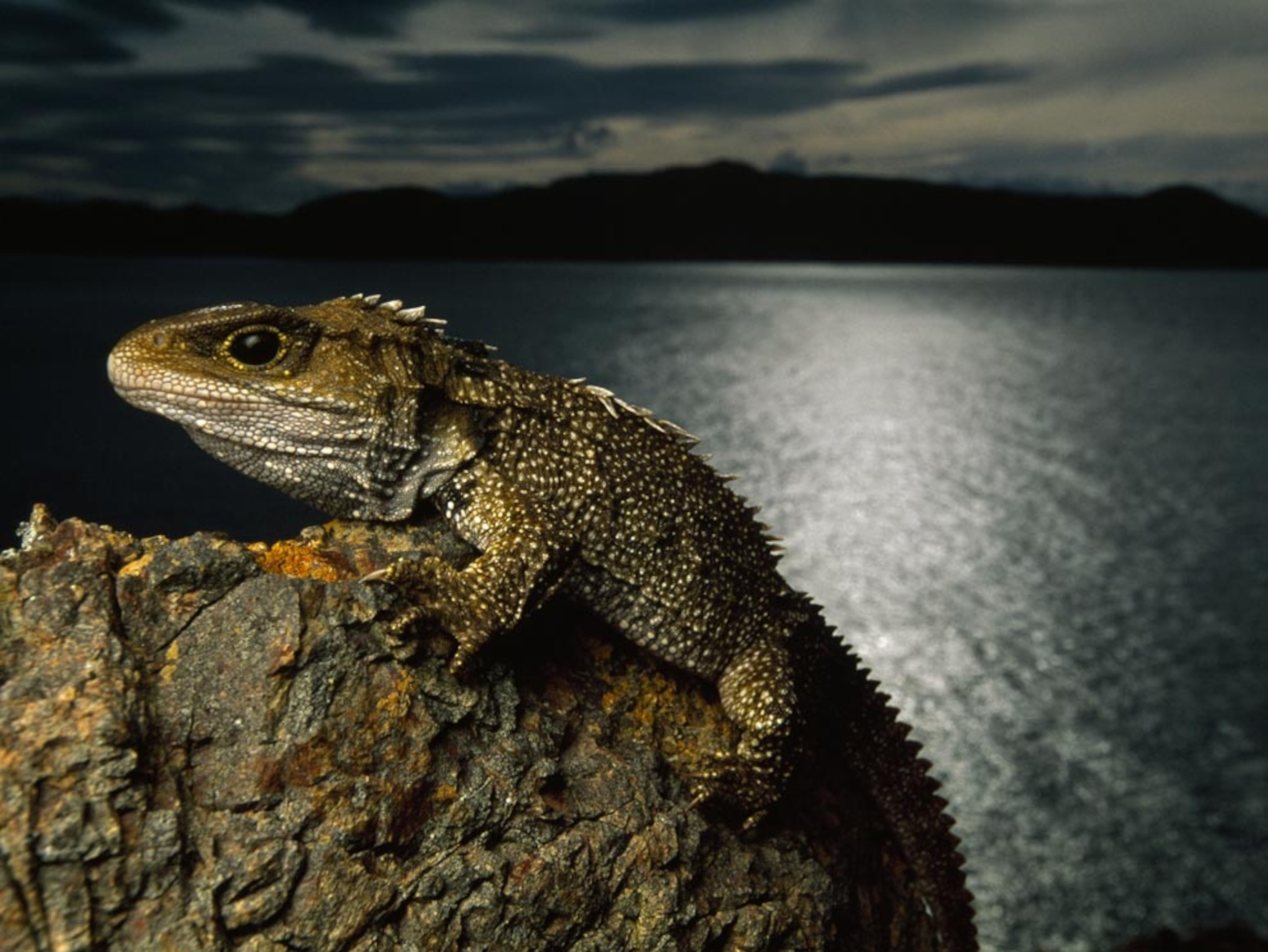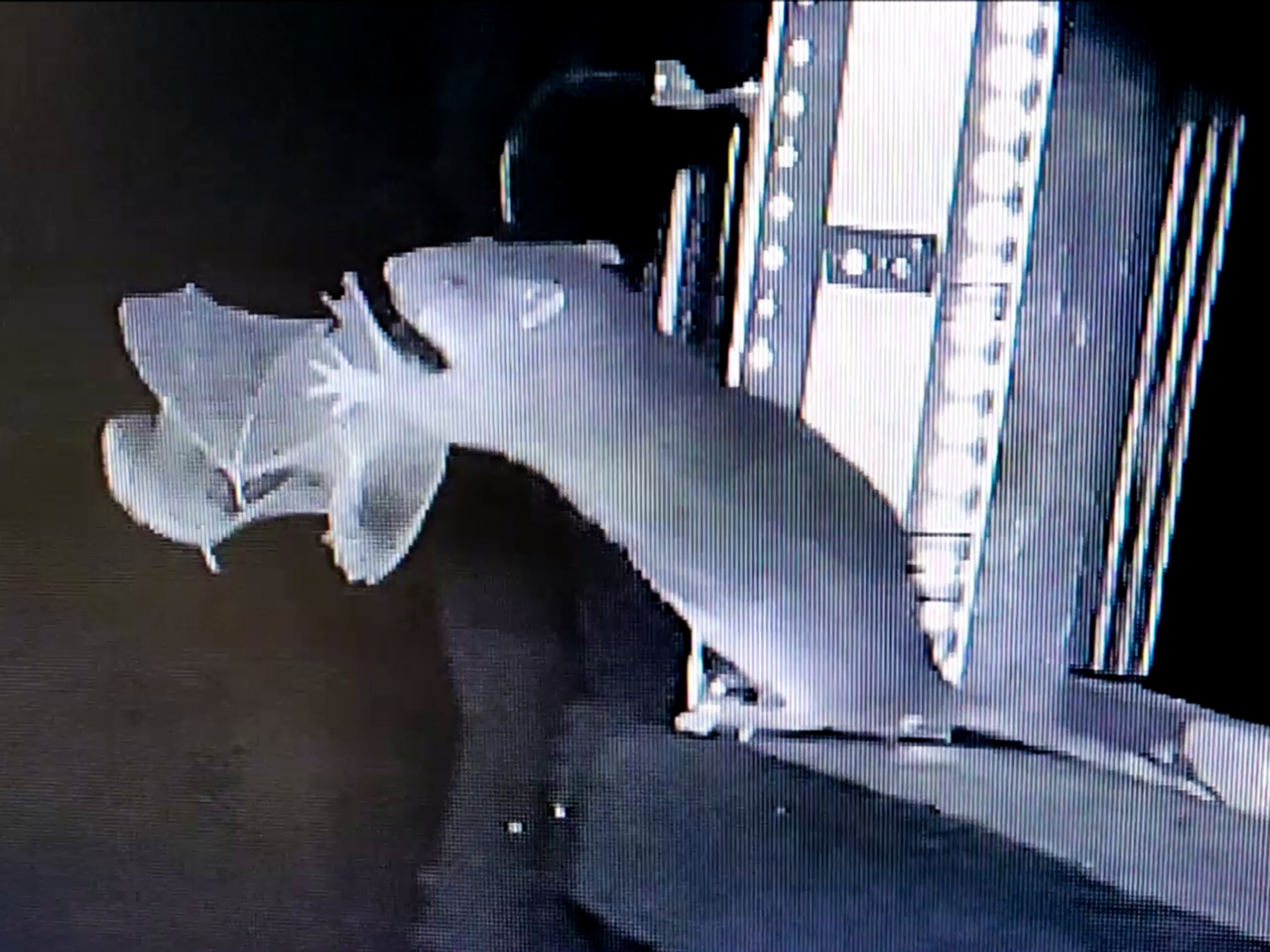
Extinct Burrowing Bat Discovered, and It Was Giant
The prehistoric mammal lived in modern-day New Zealand millions of years ago.
Around 50 million years ago, modern-day New Zealand, Australia, South America, and Antarctica were part of a large, forested supercontinent called Gondwana. Temperatures exceeded the modern-day climate by more than 53 degrees Fahrenheit, supporting warm-adapted species of crocodiles, land turtles, and several types of bird. (Read: "Antarctica Was Once Covered in Forests. We Just Found One That Fossilized.")
On a section of what would later become New Zealand's South Island, an ecosystem of these diverse species clustered around the prehistoric Lake Manuherikia. In an area about the size of Prince Edward Island, they thrived for generations. But, as temperatures cooled and dried out the landmass, the flora and fauna began to die off. (Read more about ancient Antarctica's warm snap.)
Flash-forward to today and, after 15 years of research, a team of international scientists have come forth with the discovery of a giant burrowing bat that frequented Gondwana's skies as well as its land. Their paper, published in Scientific Reports January 10, was led by the University of New South Wales.
A Giant Discovery
The fossil, a species called Vulcanops jennyworthyae—a shout-out to the Roman god and the scientist who made the discovery—consists of teeth and bone fragments of a mammal that would have lived in trees and scurried along the ground. Scientists estimate the 19-to-16-million-year-old mammal, found in sediments in Central Otago on the South Island, would have weighed just less than an ounce and a half. That's three times the average size of today's bats.
The ancient bat would have hunted by air and by land, and its specialized teeth and large size would have helped it burrow under flora to satisfy its broad diet. The omnivore ate invertebrates like insects and spiders, as well as fruit, flowers, and nectar. Compared with other short-tailed New Zealand bats, this species shows a shift in diet, which is more similar to that of its South American relatives.
The fragments belong to what scientists think might have been the biggest species of burrowing bat. As part of a super-family that once populated Gondwana, the find is also the first new bat genus to be added to the region's fauna in more than 150 years. (Related: "New Species of Dog-Size Marsupial Lion Discovered")
"The fossils of this spectacular bat and several others in the St. Bathans Fauna show that the prehistoric aviary that was New Zealand also included a surprising diversity of furry critters alongside the birds," co-author Trevor Worthy, a professor at Flinders University, says in a press release.
The species is more closely related to modern-day bats living in South America than those in the southwest Pacific, first author Sue Hand says. Other relatives are vampire and ghost-faced bats, as well as bats that feed on fish, frogs, and nectar.
Historical Diversity
Like many of its contemporary species, Vulcanops went extinct after the early Miocene era. Other prehistoric animals that dropped off the face of the Earth around that time were species of crocodiles, turtles, and several birds, like ancient flamingo-like palaelodids, swiftlets, pigeons, parrots, and shorebirds. Some of the area's species, like tuataras and kiwis, survived to the present.
Today, just two native bat species live in New Zealand, the only place where burrowing bats are still found. In the last 800 years, humans have introduced invasive animals that have choked out native wildlife. (Read: "New Zealand Announces Plan to Wipe Out Invasive Predators")
"They show that the iconic survivors of this lost fauna," co-author Paul Scofield of the Canterbury Museum says in a statement, "evolved in a far more complex community that [sic] hitherto thought."
















